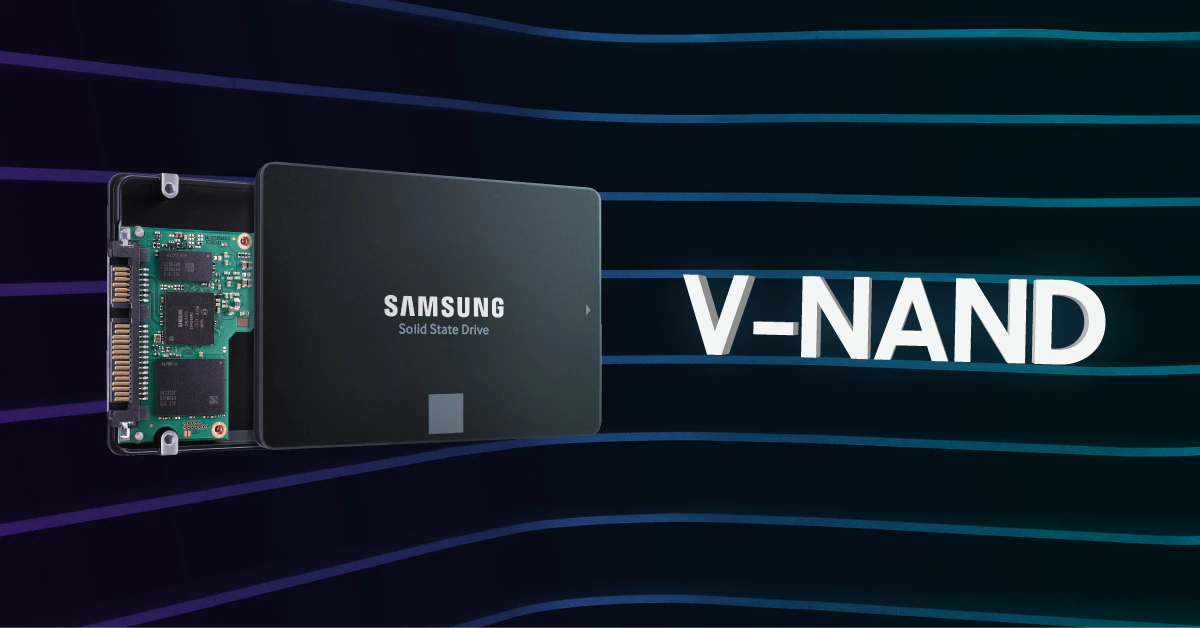GDDR7 Memory
For next-gen, GDDR7 will be a vital element due to the increased data rate requirements. Samsung’s GDDR7 modules run at 36Gbps which over a 384-bit bus rate amounts up to a massive 1.728TB/s of effective bandwidth. This is ~70% more than the RTX 4090, which is yet to retail. This new GDDR7 memory is aimed at the data center, HPC, mobile, gaming and the automotive market segments.
1000+ V-NAND Layers
Samsung’s V-NAND technology has seen over 8 generations, with the layer count increasing by 10x. Their latest 512Gb eighth-generation V-NAND promises a density improvement of 42%. The 9th generation V-NAND is currently in development planned for 2024. By 2030, we are expected to see Samsung’s 1000 layer V-NAND technology hit the market.
DRAM Innovation
Samsung’s 1b DRAM is going through development stages and is planned for mass production by 2023. Scaling beyond 10nm came with its own set of issues. To overcome these problems, the company has developed solutions in patterning, materials and architecture. This is shown by technology such as High-K materials. ~Samsung
Conclusion
This year marks the 30th and 20th year respectively for Samsung’s leadership in DRAM & NAND flash memories. Samsung has unveiled its fifth-generation 10nm-class (1b) DRAM as well as eighth- and ninth-generation V-NAND affirming the company’s dedication to this market segment. Samsung will undoubtedly be a key player in the years to come. Memory is a vital component used in every segment of the semiconductor industry. Storage is what makes a computer, a computer. GDDR7 will not arrive with AMD’s RDNA3. However, we expect this cutting-edge technology to ship with NVIDIA’s RTX 5000 & AMD’s RDNA4. — said Jung-bae Lee, President and Head of Memory Business at Samsung Electronics.
